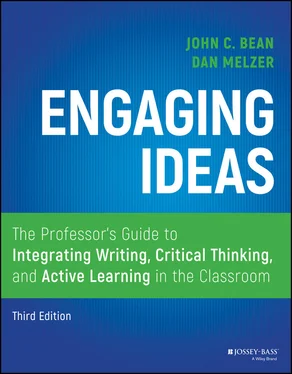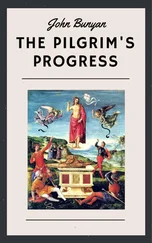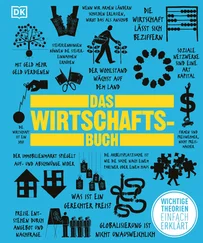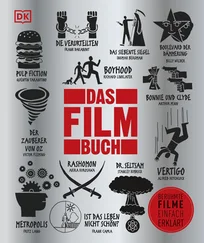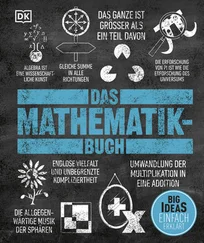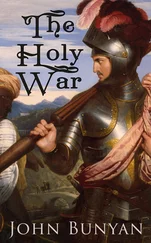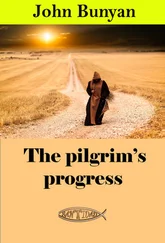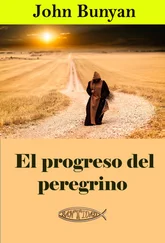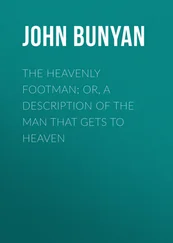Finally, we would like to thank Riley Harding, our editor at Jossey‐Bass/Wiley, for the skillful way she encouraged John to seek a coauthor for the third edition and for her talent at managing the logistics. We would also like to thank Christine O'Connor and her team at Wiley for the smooth production process from manuscript to published book. For their insightful reviews of the second edition with advice for the third edition, we thank Todd P. Primm, Carroll F. Nardone, and faculty workshop participants at Sam Houston State University; Pamela Flash, University of Minnesota; Brian Hendrickson, Roger Williams University; Jessie L. Moore, Elon University; and J. Michael Rifenburg, University of North Georgia.
John C. Bean
Vashon Island, WashingtonOctober 2020
Dan Melzer
Sacramento, CaliforniaOctober 2020
John C. Beanis an emeritus professor of English at Seattle University, where he held the title of Consulting Professor of Writing and Assessment. He has an undergraduate degree in English from Stanford University (1965) and a PhD in Renaissance literature from the University of Washington (1972). He has been active in the Writing Across the Curriculum movement since 1976—first at the College of Great Falls (Montana), then at Montana State University (Bozeman), and, since 1986, at Seattle University. Besides Engaging Ideas, the first edition of which has been translated into Dutch and Chinese, he is the coauthor of four composition textbooks with varying focuses on writing, argumentation, critical thinking, and rhetorical reading. He has also published numerous articles on writing, writing across the curriculum, and discipline‐specific pedagogies to promote students' growth from novice to expert. He has done extensive consulting across the United States and Canada on writing, critical thinking, and university outcomes assessment. In 2001, he presented a keynote address at the first annual conference of the European Association of Teachers of Academic Writing (EATAW) at the University of Groningen in The Netherlands. More recently, he and his wife Kit (who is also now a retired college teacher of writing) have facilitated workshops on writing and critical thinking for BRAC University in Bangladesh, Ashesi University in Ghana, and Charles Lwanga College of Education in Zambia. In 2010, his article “Messy Problems and Lay Audiences: Teaching Critical Thinking within the Finance Curriculum” (coauthored with colleagues from finance and economics) won the 2008 McGraw‐Hill–Magna Publications Award for the year's best scholarly work on teaching and learning.
Dan Melzeris a professor in the University Writing Program of University of California, Davis, where he directs the First‐Year Composition program. He was formerly director of Writing Across the Curriculum and coordinator of the University Reading and Writing Center at California State University, Sacramento. He has an undergraduate degree in English from the University of Florida (1993) and a PhD in rhetoric and composition from Florida State University (2002). He has been active in the Writing Across the Curriculum movement for two decades as a cochair of the International Network of Writing Across the Curriculum Programs, chair of the mentoring committee of the Association for Writing Across the Curriculum, and a board member of the WAC Clearinghouse. He is the author of the monograph Assignments Across the Curriculum and coauthor of the monograph Sustainable WAC . He has also published numerous articles on writing across the curriculum and writing program administration. His articles have been reprinted in Best of the Journals in Rhetoric and Composition 2017 and 2020 and Writing Across the Curriculum: A Critical Sourcebook . He has done extensive consulting across the United States on writing across the curriculum. He presented keynote talks at the 2019 TYCA West conference, the 2017 All Write Symposium at Finger Lakes Community College, and the 2017 Writing Pathways to Disciplinary Learning conference at IUPUI. His current research interests focus on peer and teacher response to college writing and student self‐assessment.
1 Using Writing to Promote Thinking : A Busy Professor's Guide to the Whole Book
In his now classic study of pedagogical strategies that make a difference, Richard Light (2001) examined the connection between writing and student engagement. “The results are stunning,” he claims:
The relationship between the amount of writing for a course and students' level of engagement—whether engagement is measured by time spent on the course, or the intellectual challenge it presents, or students' level of interest in it—is stronger than the relationship between students' engagement and any other course characteristic. (55)
More recent research, conducted jointly by the National Survey of Student Engagement (NSSE) and the Council of Writing Program Administrators (WPA), has shown that for promoting engagement and deep learning the number of writing assignments in a course may not be as important as the design of the writing assignments themselves (Anderson, Anson, Gonyea, and Paine, 2009). Good assignments, this research has shown, give students opportunities to receive early feedback on their work, encourage meaning‐making, and clearly explain the instructor's expectations and purpose. (We discuss this research in depth in chapter 4.) The aim of this book is to give professors a wide range of options for bringing the benefits of engaged learning to students. Our premise, supported by an increasing body of research, is that good writing assignments (as well as other active learning tasks) evoke a high level of critical thinking, help students wrestle productively with a course's big questions, and teach disciplinary ways of seeing, knowing, and doing. They can also be designed to promote self‐reflection, leading to more integrated, personally meaningful learning. Moreover, the benefits do not accrue only to students. Professors who successfully integrate writing and other critical thinking activities into their courses often report a satisfying increase in their teaching pleasure: students are better prepared for class, discussions are richer, and student performance improves.
But the use of writing and critical thinking activities to promote learning does not happen through serendipity. Teachers must plan for it and foster it throughout the course. This chapter suggests a sequence of steps that teachers can take to integrate writing and critical thinking into their courses. It then addresses four negative beliefs that often discourage teachers from taking these steps—the beliefs that integrating writing into a course will take time away from content, that writing assignments are not appropriate for some disciplines or courses, that assigning writing will bury a teacher in paper grading, and that assigning writing requires specialized expertise. Because these beliefs raise important concerns, we seek to supply reassuring responses at the outset.
This chapter provides, in effect, a brief overview of the whole book; subsequent chapters treat in depth each of the suggestions or issues introduced briefly here.
Steps for Integrating Writing and Critical Thinking Activities into a Course
This section surveys seven steps teachers can take to integrate writing and critical thinking activities into a course.
Step 1: Become Familiar with Some of the General Principles Linking Writing to Learning and Critical Thinking
To appreciate how writing is linked to learning and critical thinking, we can begin with a brief discussion of how we might define critical thinking.
Читать дальше
